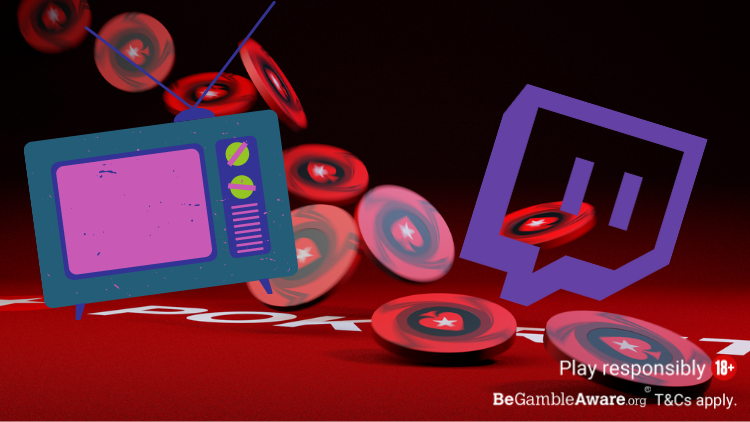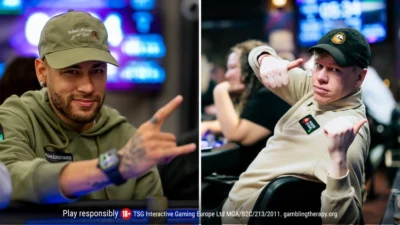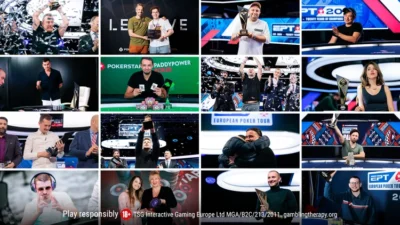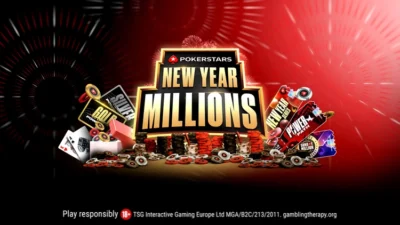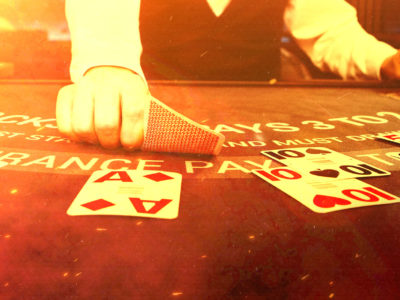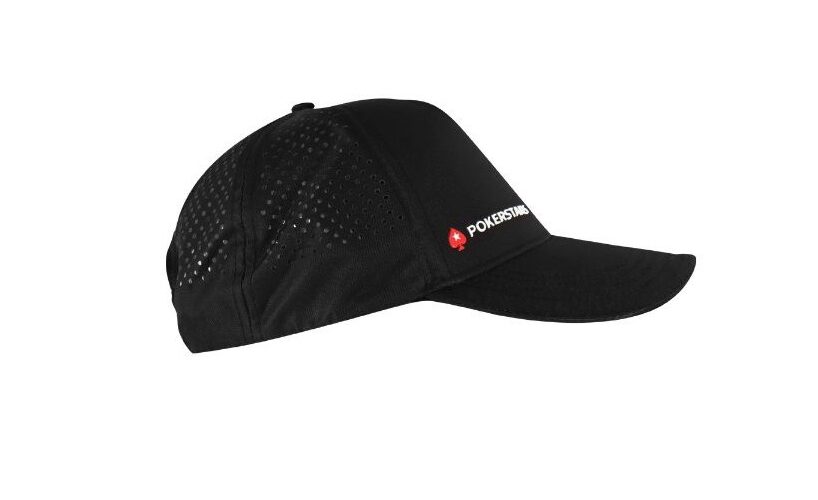Many of you will have first discovered poker by watching it on TV, whether it was World Series of Poker (WSOP) coverage on ESPN, European Poker Tour (EPT) highlights on Channel 4, or late-night cash game shows on a variety of channels around the world.
If you wanted to watch poker content outside of those broadcasting hours, you were a bit stuck. You simply couldn’t watch poker online as you can today; YouTube’s poker library certainly wasn’t as extensive and you’d have to wait for a whole week in between episodes of High Stakes Poker for the next one to surface online.
But poker content has become increasingly accessible over the past decade and today we can simply open up Twitch and pick and choose a stream to while away a few hours. Aren’t we lucky?
In this article, we’re going to take a look at the progress of poker on the small screen as it made the move from TV to Twitch and live streaming.
Holecams and a whole lot of characters
The only poker we could watch on TV used to be an hour or two of edited WSOP hands on ESPN once a year. But when Late Night Poker aired in the UK in 1999, it revolutionised the way we could watch poker was shown.
Not only did Late Night Poker use innovative under-the-table hole card cameras to show us exactly what the players were holding from the very beginning of a hand, but it also introduced us to a whole host of colourful characters. According to some reports, an incredible 1.7 million viewers tuned in for the finale to see David “Devilfish” Ulliott emerge as the winner.
This technology was soon adopted by the World Poker Tour and WSOP in 2003, the year an accountant and PokerStars online qualifier named Chris Moneymaker won the WSOP Main Event. When aired on ESPN, it kicked off a worldwide poker boom (the Moneymaker effect) that dramatically increased poker’s popularity as both a pastime and a spectator sport.
New tours like PokerStars’ own European Poker Tour (EPT) helped forge a link between online poker and TV poker, too. From the time it debuted in 2004, the EPT, in particular, was envisioned from the start as both a live tournament series and a television show that among its functions would help advertise PokerStars to viewers across the continent and beyond.
New poker TV shows began popping up left and right, including National Heads-Up Poker Championship, Poker After Dark, PokerStars Big Game and Celebrity Poker Showdown.
But it was High Stakes Poker–considered by many to be the best poker show of all time–which gave us arguably the most realistic behind the nosebleed curtains. We got to see poker superstars like Phil Ivey, Daniel Negreanu, Doyle Brunson, Phil Hellmuth, Tom Dwan, Patrik Antonius (to name just a few) in their natural element, playing enormous pots for astronomical stakes.
Watching poker online
It wasn’t until 2011 that there was live poker online to watch, when PokerStars showed part of the final table of the PokerStars Caribbean Adventure (PCA) on PokerStars.TV.
“Over the years since, the divide between watching TV and watching shows and movies on our computers and other devices has more or less disappeared completely,” writes Martin Harris in his recent article, Poker as a TV and streaming spectacle. “It’s not unlike the blurring of lines between live and online poker, once considered entirely distinct but today overlapping more and more.”
Due to that overlap, it was only a matter of time before we saw online poker take centre stage. All it needed was a decent platform and we got it in Twitch, an American video live streaming service that focuses on video game live streaming.
While the legendary Doyle Brunson is referred to as the ‘Godfather of poker’, Jason Somerville is rightfully considered the ‘Godfather of Twitch poker’.
Somerville was already a highly skilled and successful poker player before he ever fired up his webcam. The former PokerStars Team Pro discovered poker in 2004 as the poker boom was in full swing. He started playing online freerolls and went on to build a six-figure bankroll without ever needing to make a deposit.
He won a World Series of Poker bracelet in 2011–the same year Twitch was launched–defeating 3,175 entries in a $1,000 No Limit Hold’em event to win $493,091. He’d also won millions in online tournaments, and had experience in front of a camera in both training videos and poker documentaries.
All of this gave Somerville the perfect recipe to make poker on Twitch successful. He began streaming under the name JCarver in 2014, naming his community RunItUp (a company that has now gone on to be one of the driving forces in the growth of Twitch poker). Somerville’s streams were a huge success and he became the first poker player to gain 10 million views on Twitch.
“I remember when the poker category was just me and Jaime Staples,” Somerville told blog.twitch.tv in 2018. “Now it’s grown into this huge community with hundreds of broadcasters putting out entertaining content around the clock. When I first signed my Twitch partnership deal, it expressly forbade streaming poker! It’s been amazing to see not just Twitch itself but our entire poker industry embrace the platform. There’s still so much more to come.”
LEARN MORE IN OUR ALL YOU NEED TO KNOW ABOUT TWITCH POKER GUIDE
When it comes to picking a Twitch poker stream in 2021, we’re spoiled for choice. Lex Veldhuis is the most popular Twitch streamer right now, but you’ve also got Benjamin “Spraggy” Spragg, Fintan “easywithaces” Hand, Parker “Tonkaaaa” Talbot, and countless more poker streamers to choose from.
On the PokerStars Twitch channel, you can even watch cards-up coverage of the biggest online poker tournaments with expert commentary (every year you can watch WCOOP online, SCOOP online, and all the other major series).
There’s never been a better or easier time to watch poker tournaments.
Back to TopView Other Blogs




